Storms present a major hazard to homes, property and safety. Learn how to prepare for severe storm conditions, including blackouts, hail, high winds and flooding.
Safety tips on what to do in a storm this summer
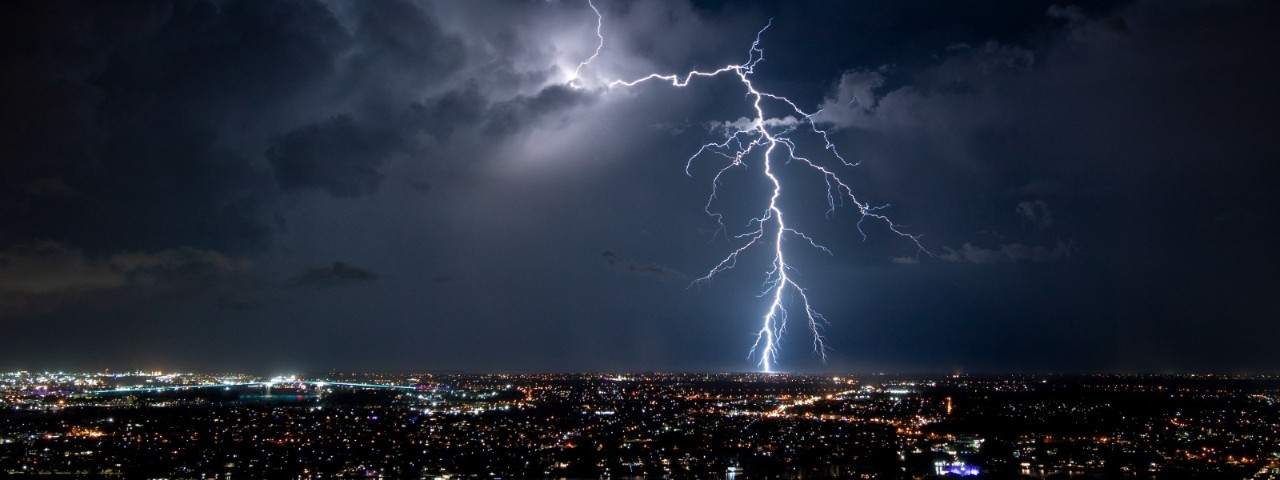
Storms are common across Australia in summer – but why are there more thunderstorms as the weather gets warmer? Find out how storms form, and why you’re more likely to experience them during summer.
While bushfires are the extreme weather events most closely associated with summer, the hotter weather is also peak season for storms.
“These weather events can be very localised, but extremely intense,” says RACV Head of Home & Business Insurance, Kirsty Hayes.
“The strong winds, hail and lightning that accompany these storms can cause enormous damage to property."
Here’s why summer weather can produce storms, and how to prepare– from getting your home in order, to considering updating your home insurance.
How are storms formed?
According to the Bureau of Meteorology (BoM), thunderstorms need three main ingredients from the atmosphere to form:
- moisture from humid air carrying water vapour
- atmospheric instability to make the moist air more buoyant
- a lifting mechanism like heat, a low-pressure trough, or an approaching front to make the moist air rise rapidly.
When the warm, moist air is thrown upwards in an ‘updraught pulse’ (also called a ‘convection cell’), a cloud forms and produces a heavy downpour of rain.
Single-cell thunderstorms that only experience one updraught pulse are generally short weather events, while multicell thunderstorms have multiple updraught pulses that maintain the storm over time.
Supercell thunderstorms have a large, continuous updraught that allows the thunderstorm to grow in size and severity for many hours.
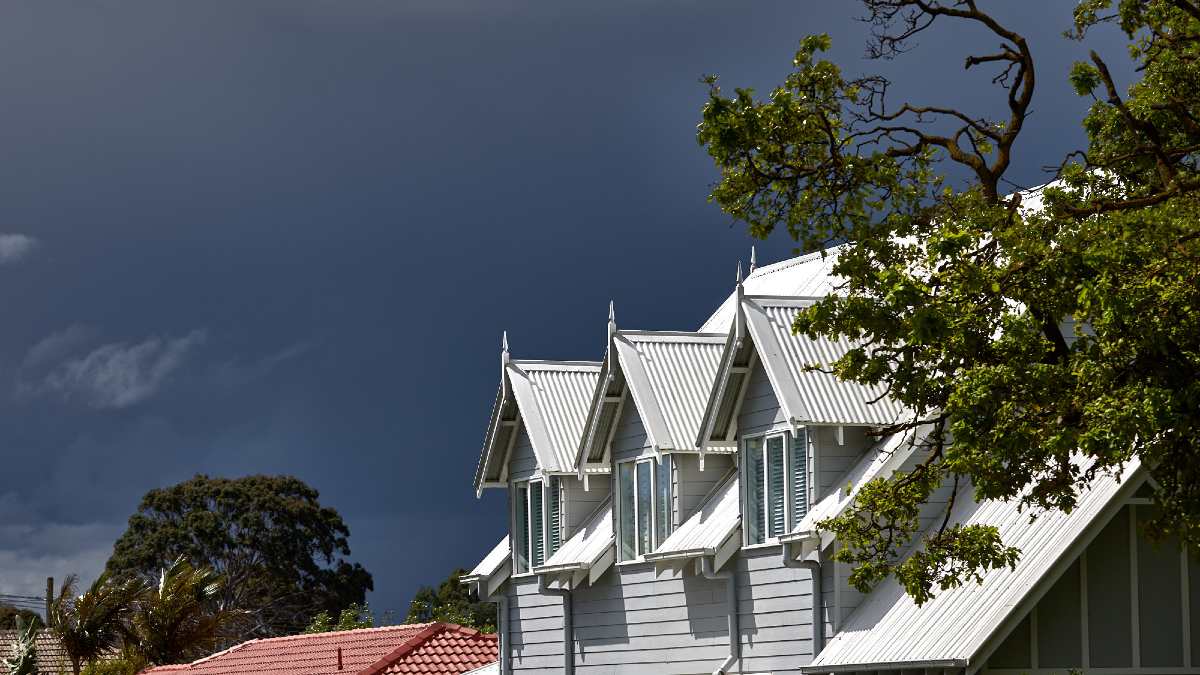
Thunderstorms form when there is increased moisture and heat. Image: Matt Harvey
What are severe thunderstorms?
Intense, violent thunderstorms are classified as severe thunderstorms. They are formed when the atmosphere is particularly unstable, or when surrounding winds deliver more energy to the storm.
In Australia, a thunderstorm is classified by the BoM as 'severe' when it produces any of the following:
- heavy rainfall that could cause flash flooding
- wind gusts of 90km/h or more
- hail of 2cm diameter or more
- tornadoes.
Severe thunderstorms can be a threat to Australian property and people's safety.
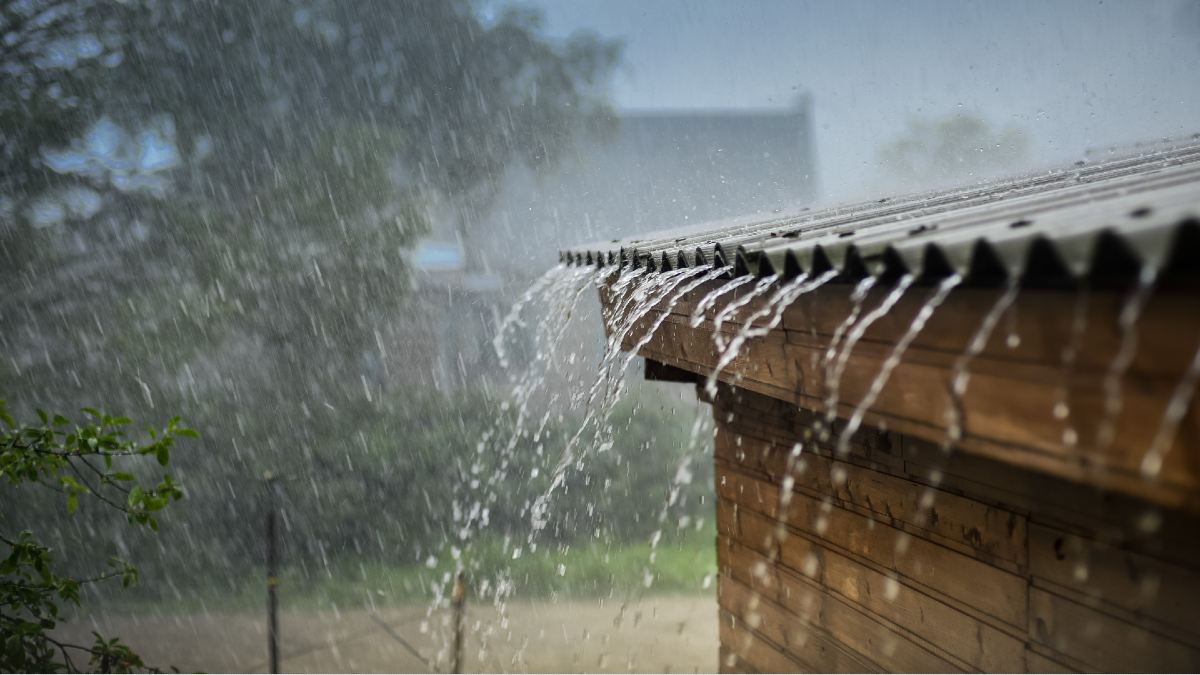
Severe thunderstorms can cause flash flooding and other dangers. Image: Getty
Why are storms more common in summer?
The BoM reports that severe thunderstorms strike mostly between September and March in Australia.
That’s because summer has longer sunlight hours and warmer temperatures to heat the air above the ground. Summer also has higher humidity than other seasons.
According to the Climate Council, for every single degree of warming, the atmosphere can hold about seven per cent more moisture.
As a result, summer sees lots of warm, moist air rising into the atmosphere, where it can then brew into storms.
While Australia is bracing itself for an El Niño event in the summer of 2023/24, in the case of La Niña or a negative Indian Ocean Dipole weather event, the atmosphere becomes even more unstable, leading to wetter and stormier weather.
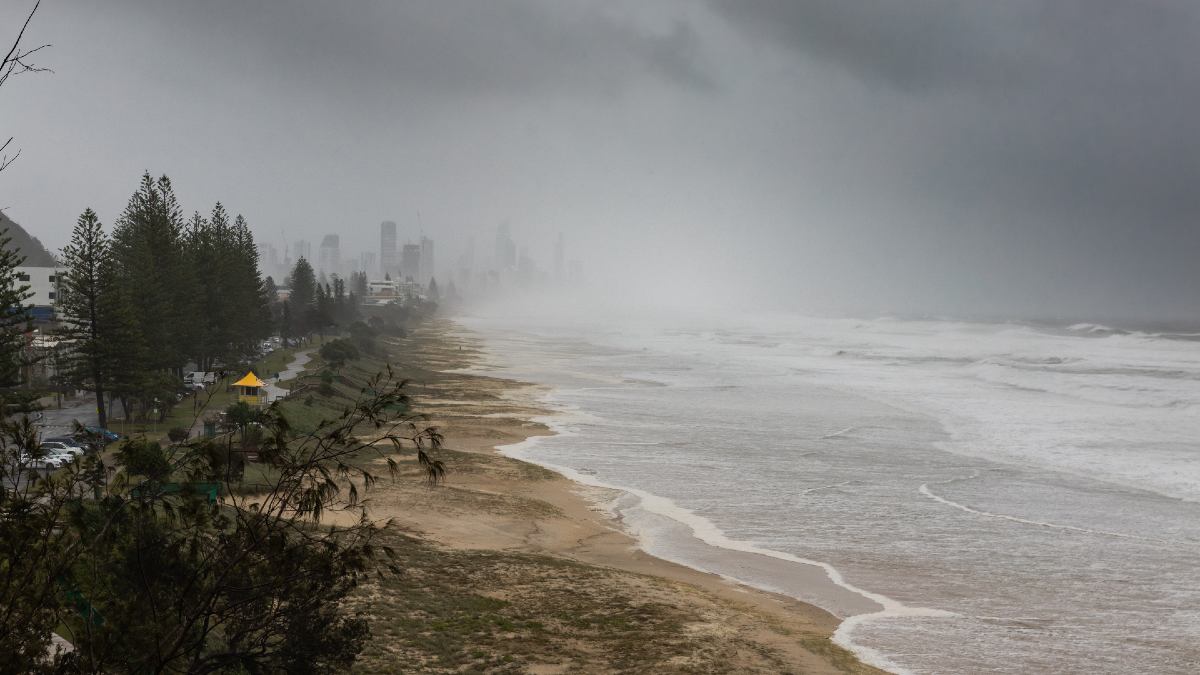
Australian summers induce more thunderstorms due to an increase in humidity. Image: Getty
How can I prepare for storm season?
The best way to stay safe and manage stormy weather is to prepare, from preparing your home to being ready for blackouts, driving in wet and stormy conditions, having a backup for blackouts, and knowing how to clean in the aftermath of a storm.
In the home
By staying tuned in to weather updates from reputable sources you can prepare ahead of time to protect your home from floods and to protect your car from hail damage.
You should also have an emergency kit handy in the case you may need to evacuate due to extreme weather, including water, non-perishable food, medications, insurance documents, ID, torches, a battery charged radio and first aid kit.
For current incidents or hazards, look to sources including BoM, ABC local radio. the SES, the Vic Emergency app or website.
Have plans in place for how to deal with a blackout, especially if you don’t have solar batteries with a blackout mode.
Finally, check that your home insurance coverage is up to date.
What to do to prepare your home before you go away during storm season
If you’re going away when storms are forecasted, ask a neighbour or family friend to check your property. They may be able to help secure your home, such as tying down loose objects in the yard, and moving your car undercover.
You can also check the SES guide to plan and stay safe during a storm.
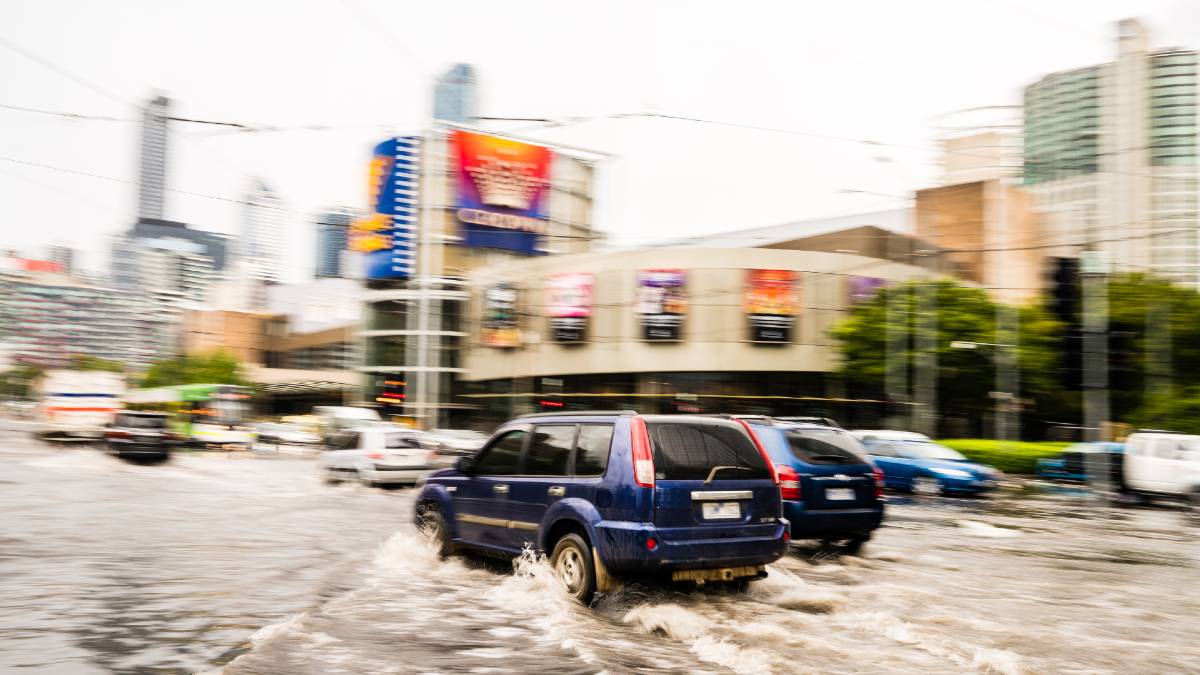
Severe thunderstorms strike mostly between September and March. Image: Getty
Health and wellness
Periods of intense storms can also bring about a health epidemic known as thunderstorm asthma, which induces asthma attacks that are triggered by high grass pollen levels and certain types of thunderstorms.
Check with your healthcare professional for assistance with managing symptoms.
On the road
You can also refresh on how to drive safely in wet and stormy conditions, remembering to never drive through flood waters.
The information provided is general advice only. Before making any decisions please consider your own circumstances and the Product Disclosure Statement and Target Market Determinations. For copies, visit racv.com.au. As distributor, RACV Insurance Services Pty Ltd AFS Licence No. 230039 receives commission for each policy sold or renewed. Product(s)issued by Insurance Manufacturers of Australia Pty Ltd ABN 93 004 208 084 AFS Licence No. 227678.


